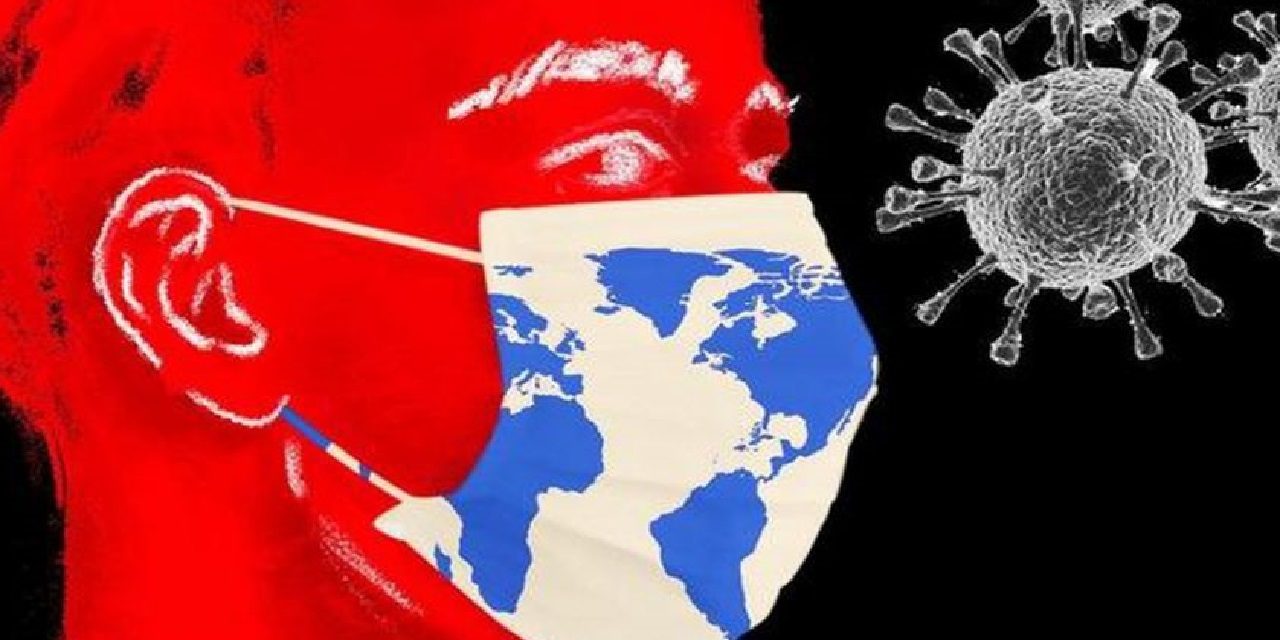 Despite Lacking Science, FDA Made 10,000 Vaping Products Illegal. Now It Wants More Armed Agents To Enforce It
Despite Lacking Science, FDA Made 10,000 Vaping Products Illegal. Now It Wants More Armed Agents To Enforce ItIt will be up to science history to try and gain insight into the reasons the federal government...
 Amanita Muscaria Mushrooms Are An Alternative Medicine Fad More Toxic Than Fentanyl
Amanita Muscaria Mushrooms Are An Alternative Medicine Fad More Toxic Than FentanylOnline supplement marketers prey on consumers by exploiting the margins of President Bill Clinton's...
 Is It Safe To Buy Food At A Farmers Market?
Is It Safe To Buy Food At A Farmers Market?There is populist rhetoric about Buy Local but what few in the public realize is that the definition...
 COVID-19 Made Stereotyping Of Asians Uncool - Mostly To Gain Political Traction
COVID-19 Made Stereotyping Of Asians Uncool - Mostly To Gain Political TractionOnly a few years ago, American colleges used a "secret sauce" of race in admissions that voided...












